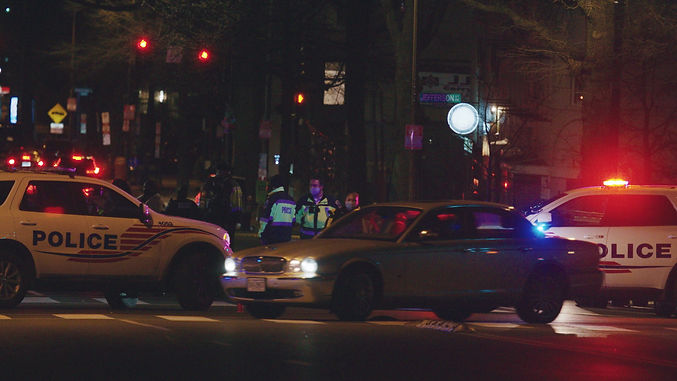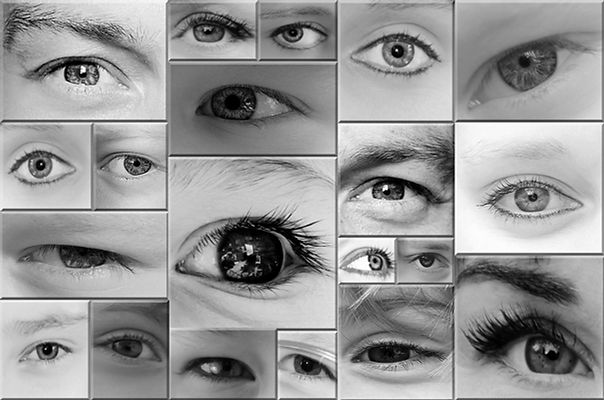FORENSIC PSYCHOLOGY

WHAT ARE EYEWITNESS TESTIMONIES?
Eyewitness testimony is a legal term. It refers to an account given by people of an event they have witnessed. For example: They may be required to give a description at a trial of a robbery or a road accident someone has seen. This includes identification of perpetrators, details of the crime scene etc. Eyewitness testimony has been commonplace in courtrooms around the world and throughout history, but it has a complex place in criminal investigations.

Police are more likely to be successful if at least one eyewitness was present (Fisher, 1995).
Those crimes that were most likely to be cleared were those in which the offenders were captured within minutes or those in which an eyewitness provided a specific relevant piece of information—a license plate number, a name, an address, or a unique identification. If one of these was not present, the chances that the crime would be solved were less than 10% (Greenwood & Petersilia, 1976). However, It is not always accurate. If a witness provides testimony that is untrue or mistaken, it can lead to a wrongful conviction. Evidence on the reliability of eyewitness testimony is mixed.
According to some researchers, the accounts provided by witnesses are generally reliable. However, the veracity of eyewitness testimony is often called into question because of factors that influence the ability of a witness to recall an event. At a trial, the testimony of an eyewitness who incriminates the defendant is—along with the presence of a confession—usually the most influential evidence (Lavrakas & Bickman, 1975). Alibis, circumstantial evidence, even masses of physical evidence favoring the defendant’s innocence, can wither away in light of an eyewitness’s courtroom identification.

Some researchers and legal experts insist that eyewitness testimony can be trusted despite the known consequences of inaccurate witness accounts. However, the insistence often comes with an important caveat: Law enforcement officials must be mindful of how they elicit and respond to information provided by people who have witnessed a crime. If an eager witness feels pressured by law enforcement to offer information, they might attempt to fill in the blanks when asked a question rather than admitting that they don't know.
Under the right circumstances, eyewitness testimony can be reliable. To ensure the information witnesses provide is accurate, the people working on a criminal case must carefully examine how witnesses were questioned, as well as the language that law enforcement used to respond to their answers. Investigators also need to determine whether the individuals providing eyewitness testimony were influenced by other witnesses or the environment around them. Eyewitness testimony remains a crucial part of the criminal justice system, but it has flaws. The consequences of inaccurate testimony can be serious—particularly if it leads to the conviction of an innocent person. Jurors, judges, police investigators and legal representatives need to be educated on the factors that affect the reliability of eyewitness accounts and understand the role eyewitness testimony plays in a criminal investigation.

STUDY: The conclusion that eyewitness evidence is crucial in the outcome of cases is supported by the work of Lavrakas and Bickman (1975). These researchers surveyed 54 prosecutors regarding their opinions of “what makes a good witness.” The prosecutors were asked to consider what effect a set of witness attributes would have on the outcome of a case. Ratings were made on a 5-point scale, from this attribute is totally unrelated to the outcome to this attribute is very related to the outcome. Results showed that witness attributes such as race, sex, age, or socioeconomic status made virtually no difference in the prosecutor’s ratings of importance. However, the victim’s availability for testimony, the victim’s ability to testify, and the witness’s assertion of a “good memory” and clarity of recall were central to the prosecutors’ ratings. Clearly, the presence of “good” and available eyewitness evidence is seen as an important determinant of case outcome.